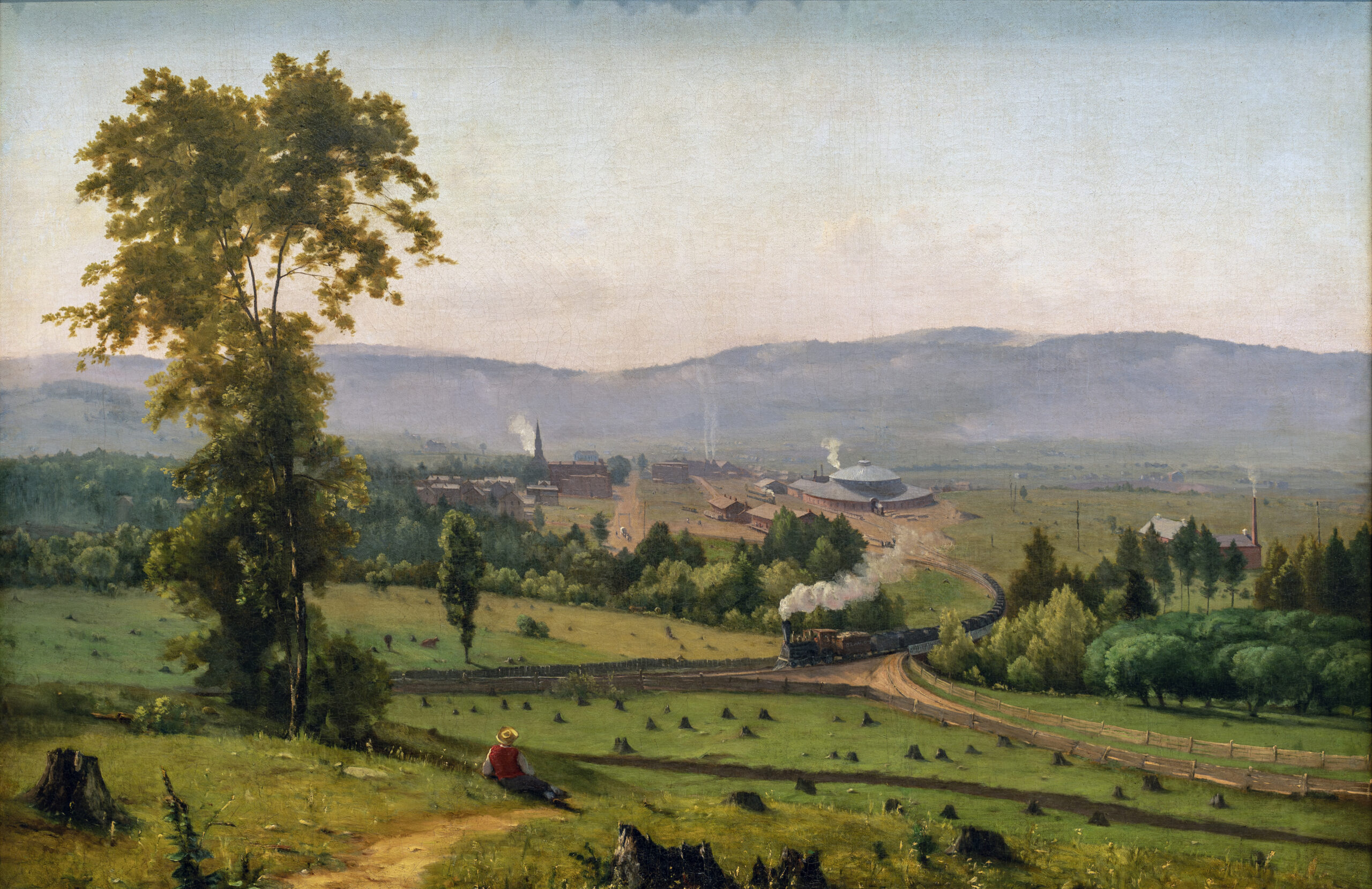The expansion of the United States and the displacement of Native Americans were bound up in the idea of Manifest Destiny.
Browse content

George Inness, The Lackawanna Valley
Inness captures a tension between industrial progress and its effect on the American landscape.

